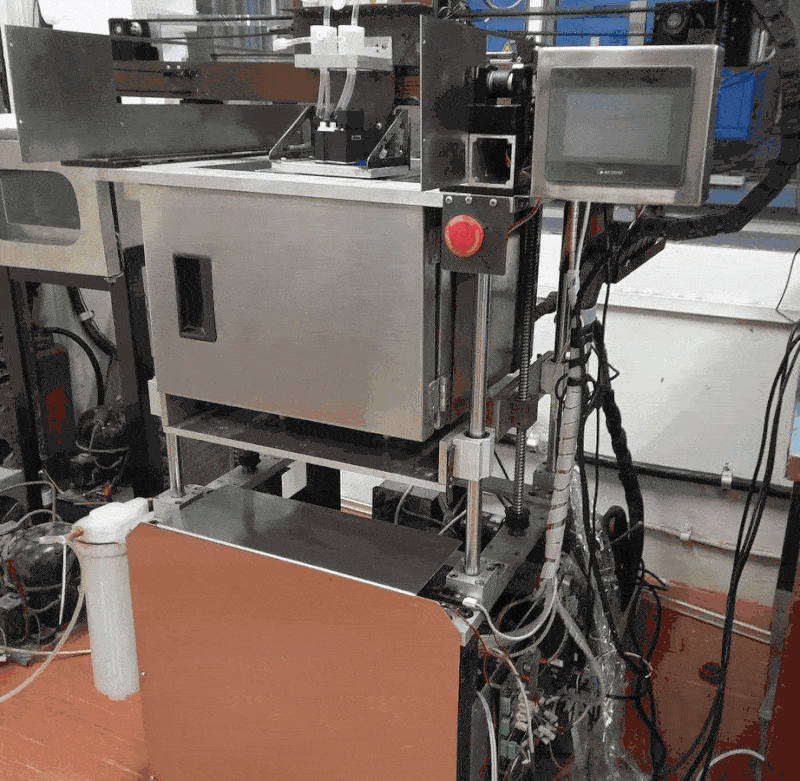IIT Bombay had developed a prototype of multi-jet ice 3D printer developed which is a subzero 3D printer that is capable of realizing frozen parts of water and aqueous solutions.
All AM processes involve a precise temperature and/or pressure control. While conventional AM processes for metals, polymers and ceramics are carried out at ambient or elevated temperatures, some emerging materials such as water, aqueous solutions, colloids, gels and slurries require sub-zero temperatures. At IIT Bombay, a prototype is developed for sub-zero additive manufacturing that is capable of realizing objects out of ice.
The prototype is capable of producing parts of deionized water of size 50 mm x 50 mm x 50 mm. Multi-jet technology is used for dispensing the water on a sub-zero surface layer-by-layer. The work space is insulated and maintained at typically -20° to -25°C with a help of refrigeration system augmented with liquid nitrogen.
Additively manufactured ice parts can be used as patterns for investment casting. The slurry for investment is always maintained few degrees below the 0°C with the help of additives. The slurry is poured over the ice pattern and maintained inside a refrigerated environment until it undergoes gelation. Once gelation is complete, the mould is freeze-dried to evacuate the ice pattern casting.
Researchers at IIT Bombay believe that with further research this multi-jet ice 3D printer could enable them to slowly replace wax as pattern materials, with a greener material alternative such as water for investment casting applications.
Further investigations are underway to understand this process better and devise it for commercial use. The integration of the printer was made possible with the help of 360 Digital Printing Innovations, which is a Indore based inkjet electronics and integrations company.
For further details, you can also take a look at the recent article published in Rapid Prototyping Journal


